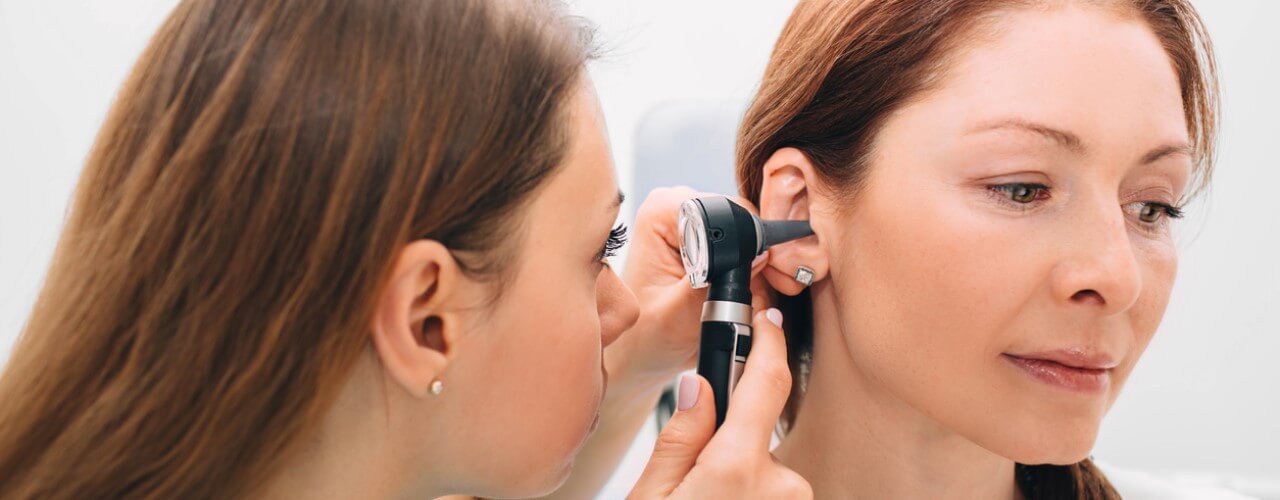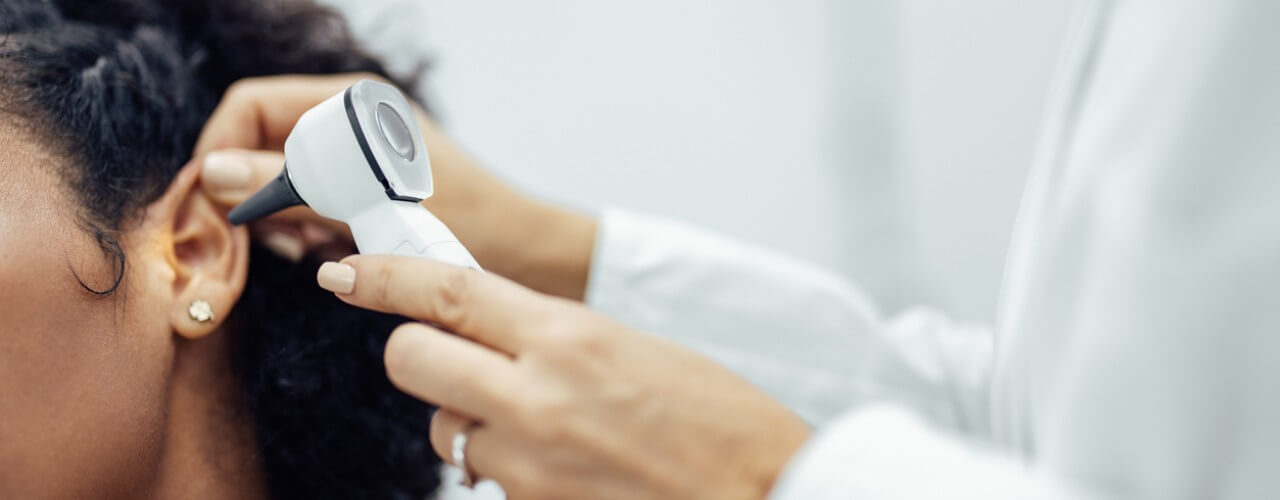The ENT symptoms of Diabetes
Hearing loss is one of the less known symptoms of diabetes but, nevertheless can be very common. Whatever the type of diabetes that you suffer from you will be at risk from hearing loss, as well as a range of other ENT issues. And if you don’t yet have diabetes but are in an ‘at risk’ group, the potential for it to affect your hearing is a very good reason to take some action now.
What is diabetes?
It’s a condition that affects the levels of blood sugar in your system. There are three main kinds of diabetes and each one affects the body differently:
- Type 1. This type of diabetes is where the body is either producing no insulin or very little insulin. So that healthy levels of glucose can be maintained within the body, a person with Type 1 diabetes will need to have regular insulin injections.
- Type 2. If you have Type 2 diabetes then your body is producing insulin but it doesn’t get properly used by your body.
- Gestational diabetes is the third type of diabetes. This is something that only appears in women during pregnancy. It should clear up when the pregnancy comes to an end but it can also create the risk of suffering with Type 2 diabetes further down the line.
What are the ENT symptoms of diabetes?
- The ears. High glucose levels can cause damage to the inner ear because this part of the body - like many others - requires a robust, healthy blood supply. Without good blood circulation in the ear, the hair cells in there will not regenerate. This can result in sensorineural hearing loss. For those who are already diabetic, it’s essential to have a healthy balance of exercise and a good diet in order to ensure that blood circulation to the ear is maintained and the risk of hearing loss is minimised.
- The nose. Diabetes sufferers can find themselves with an infection of the nose - a fungal infection or staphylococcal can cause a number of different symptoms, including ulceration of the nasal mucosa and septal perforation. For those who are concerned about this kind of infection, and who have diabetes, it can be wise to wear a nose mask in environments that are at higher risk. There are also some yoga exercises that can be useful when it comes to diabetic nose infections.
- The throat. The throat is part of the gastrointestinal (GI) tract, which can be the location of many of the symptoms of diabetes - one of the most common is a sore throat. If you have GI problems then this can also have an impact on blood glucose levels and so may end up making existing diabetes worse. Different GI issues will require different solutions and all will be helped by ensuring that blood glucose levels are being properly managed.
Infections and issues in the ears, nose and throat can be common symptoms of diabetes. When blood glucose levels are too high this can throw the entire system into a challenging place and so it’s essential to take action as soon as possible. If you're experiencing any of the above symptoms, find out how our ENT Services can help you...












